In retrospect, one of the best things about being fifteen or sixteen was the way you’d see a movie and your mind would be blown by the sheer awesomeness of it all. You hadn’t seen so many things, so everything appeared new. It was wonderful to experience all these ideas and aesthetics for the first time. I still remember when I saw movies like Lost Highway or Tetsuo II: the Body Hammer at Elokuva-arkisto as a high-school student, and how it felt to emerge onto the street after the movie, full of slack-jawed wonder.
Sometimes it feels like these powerful experiences are a thing of the past, that nowadays intellectual appreciation and being entertained are the best we can hope for.
I went through some of the movies I’d seen and games I’d played in 2015, and I was happy to be reminded of plenty of things that put the lie to that feeling of never seeing anything new.
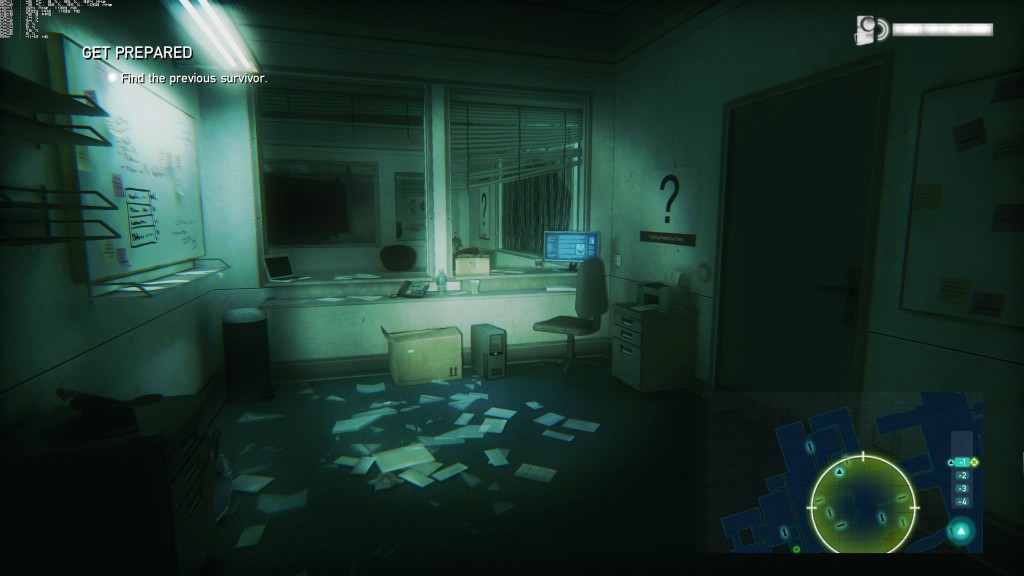
Videogame: Zombi (Ubisoft Montpellier)
ZombiU was one of Wii U’s launch games, originally published in 2012 and republished on the Xbox One this fall as Zombi. In technical terms, it’s a pretty rough game, but there’s something in the atmosphere that suddenly makes the tired zombie genre feel relevant again. Zombi is a difficult, uncompromising game where a single mistake can result in a death as a victim of a zombie swarm. Every time you die, you continue with a new character, and at the end, you only get a single try to get to safety. If you fail, you die and the game ends. I failed.
I wrote a review for Tilt, available here in Finnish.
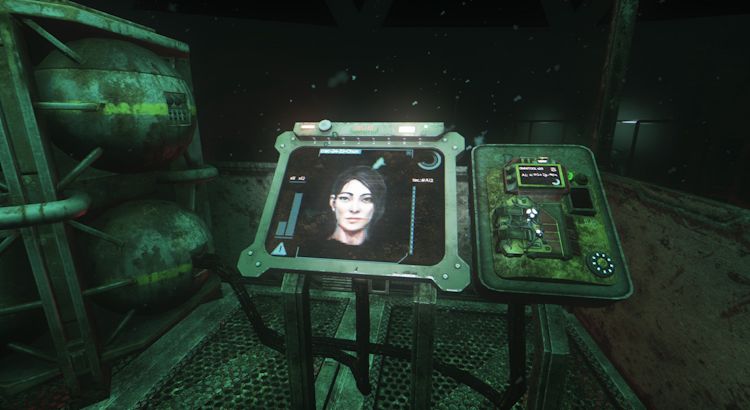
Videogame: Soma (Frictional Games)
The premise of the Swedish game Soma is very traditional: You’re an average dude who finds himself stranded in a ruined underwater research base. You have to solve simple puzzles and avoid monsters to proceed. The real genius of the game is in its progression of revelations that slowly but steadily increase the existential horror of what’s happening. The action is very concrete, but the questions are philosophical: What’s a human? What does it mean to be an individual? Who am I?
I reviewed the game for Tilt and also selected it as Tilt’s Game of the Year. The review is here in Finnish.
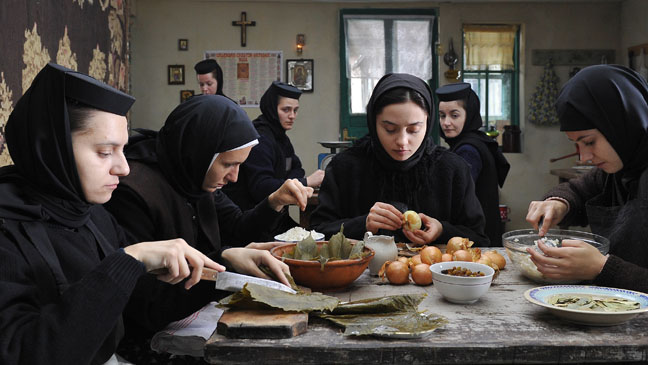
Movie: Beyond the Hills (Cristian Mungiu)
Beyond the Hills is a Romanian film from 2012, directed by Cristian Mungiu. Its a based-on-a-true-story movie about a small religious community struggling to deal with Alina, a troubled girl who follows her childhood friend there. Considering that this is a story featuring an excorcism, lesbian lovers and brutal convent life, everything is handled with a keen eye to everyday detail and psychological complexity. Alina’s story doesn’t end well, but she’s too good a character to simply fall into the role of a victim. She demands something more than that.
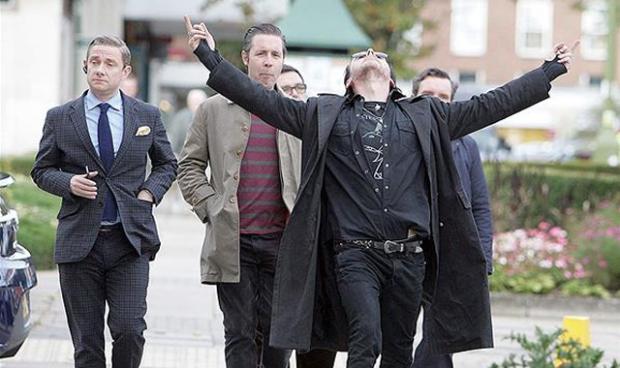
Movie: The World’s End (Edgar Wright)
The World’s End is a science fiction movie from 2013, but the scifi stuff is almost incidental. It’s really the story of Gary King, who wants to gather together all of his old friends to do a pub crawl like they used to when they were young. All of the friends have moved on in their lives, but Gary hasn’t. Watching this movie felt like one long moment of recognition: I know this guy and I know what he represents. The real kicker comes in the end, where all of Gary’s fantasies come true. Ostensibly, the movie ends on a high note, but the implications of the ending are pretty harsh to contemplate.
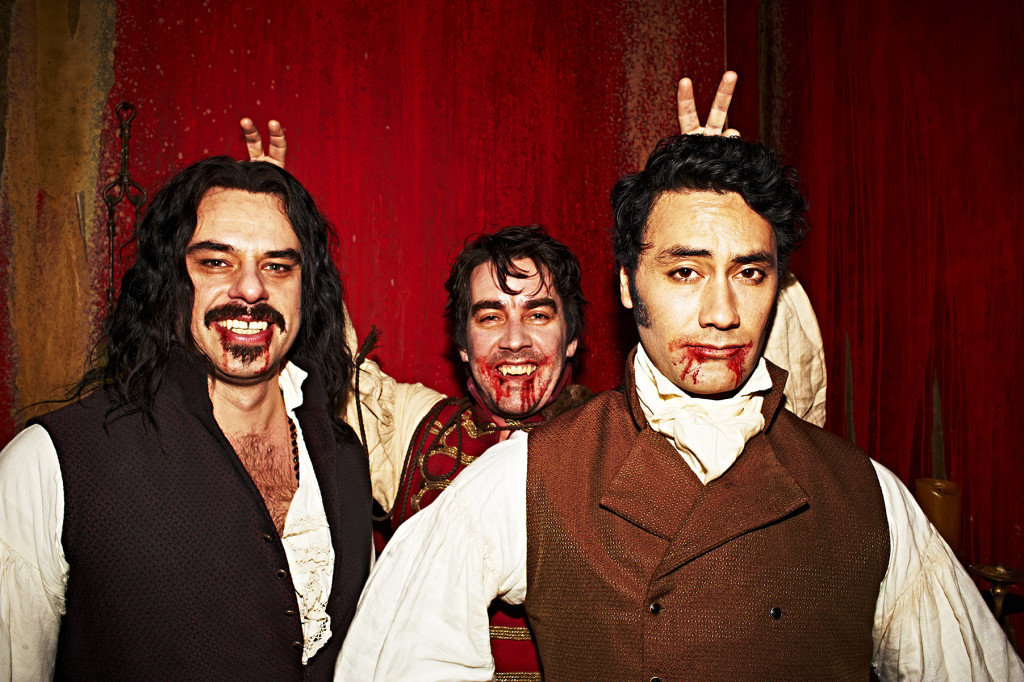
Movie: What We Do in the Shadows (Jemaine Clement & Taika Waititi)
I played and organized a lot of Vampire: the Masquerade larp in my teens and early twenties. What We Do in the Shadows (2012) is a fake documentary about vampires living in New Zealand, and it’s a very funny movie. However, it also manages to depict something that’s very, very true when it comes to Vampire larp, whether intentionally or not. It captures the way those larps used to be at the turn on the millennium, goofy and cool at the same time.
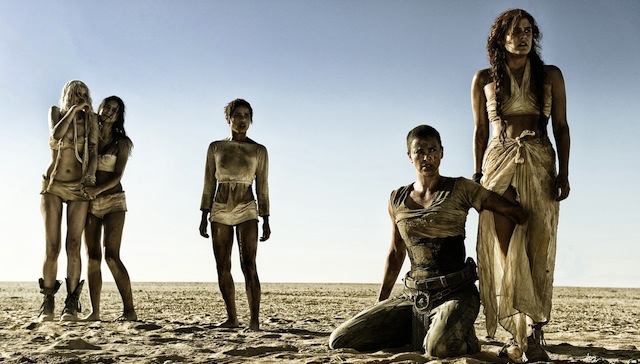
Movie: Mad Max: Fury Road (George Miller)
The Hollywood media machine seems designed to mold the entertaintment products we consume into bland goo. Seeing the new Mad Max movie Fury Road was a bracing experience: It’s a big-budget action movie but it also has a singular vision. It has power. It has a sense of transgression that makes us feel alive.
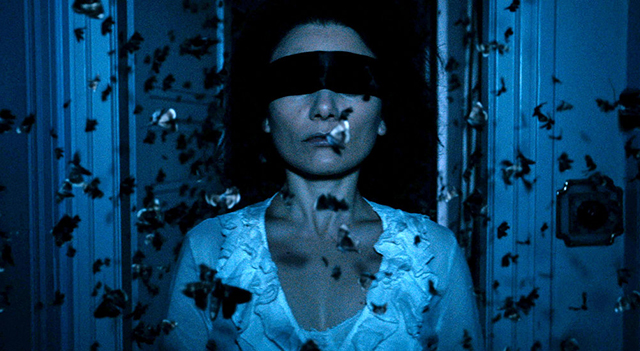
The Duke of Burgundy (Peter Strickland)
The Duke of Burgundy (2014) is a movie about two women playing sadomasochistic games. It has a solid claim on being the best BDSM movie of all time. It looks gorgeous, but most of all, it captures the small dynamics and details of fantasy and reality, desire and everyday life, very well. Its characters are driven by desire and necessity in a way that avoids simple judgements and pointless moral homilies.
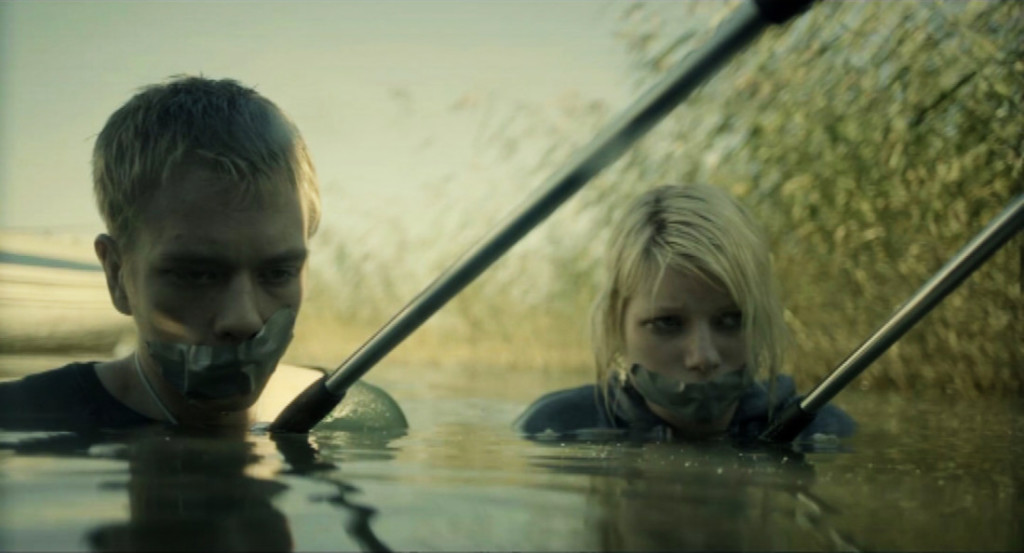
He ovat paenneet (J.-P. Valkeapää)
He ovat paenneet is a Finnish movie about two teenagers who decide to run away. One of them works at a home for delinquents, the other is confined there. Somehow, the movie goes from traditional Finnish kitchen sink realism into subjective fantasy in a way that accurately captures the power and horror of being young. It’s also gorgeously shot, with a jarring style that eschews the more conventional style of most Finnish cinema.
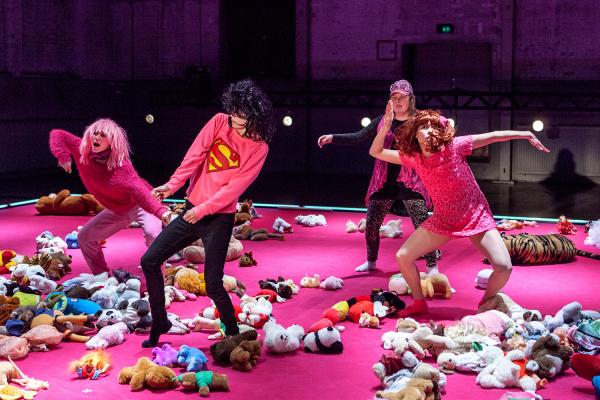
Dance: Kleine Monster (Jenni Kivelä)
I’ve been a lapsed fan of Jenni Kivelä’s performances: I’ve always liked them, but it’s been years since I saw one. Early this year, I saw an ad for Kleine Monster and remembered how much I liked her work, so I went to see it. And it was very good. It’s a performance about grotesque women, made from the inside: The characters may be monsters, but so are we all.
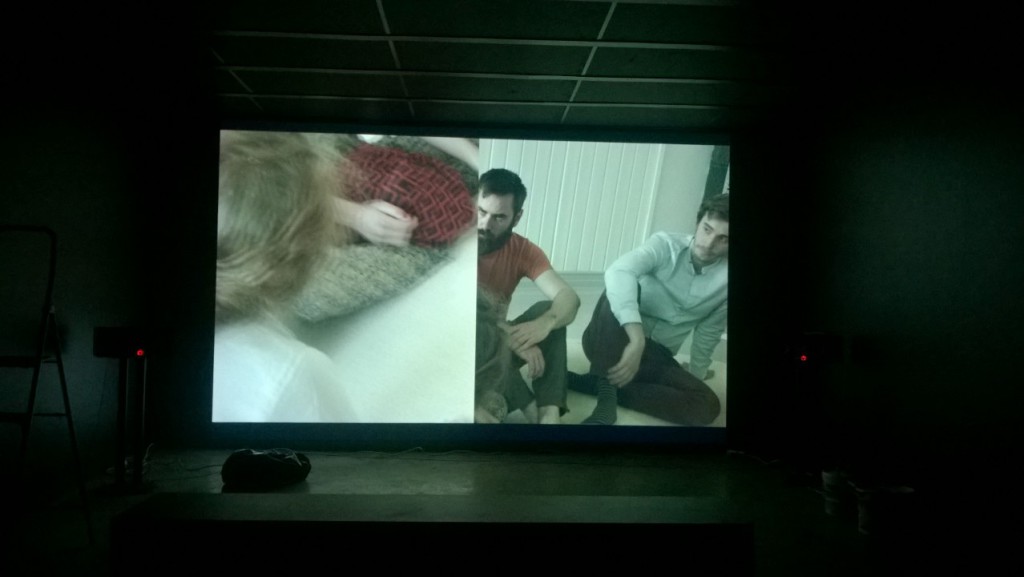
Larp: The Zeigarnik Effect (Brody Condon)
I played a lot of larp in 2015, but the most interesting and personally affecting was Brody Condon’s The Zeigarnik Effect. Based on Gestalt therapy, the larp was one part of a work that also included a video art piece that used material shot during the larp. From a technical point of view, the larp was very interesting because of its minimal characters and setting, its present-based interaction and workshopped sense of a very tight ensemble. It’s been one of the larps that I can say changed me.
I wrote more about it here.
Concert: K-X-P
I was at the music festival Flow, and a friend told me I should go to see K-X-P. I knew nothing about the band, but the recommendation was solid. It was the best gig I saw the whole year. The ritual aesthetics and the relentless wall of sound created a transcendental experience. The band is fine on YouTube or listened from the album, but the music really comes to its own through the sheer power of live amplification.
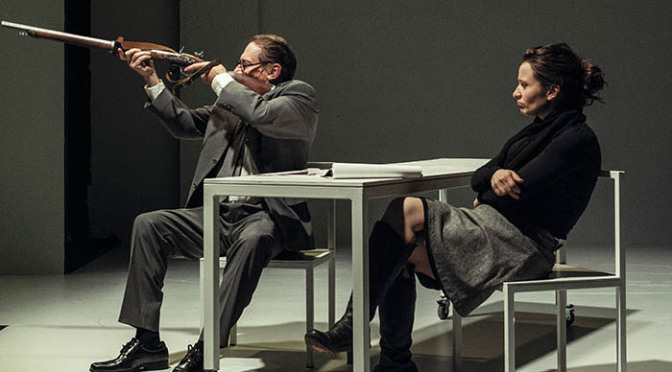 Eduskunta III (Susanna Kuparinen)
Eduskunta III (Susanna Kuparinen)
Politically, this has been a miserable year. Racism is on the rise, fascist ideas are normalized and austerity politics drive us deeper into despair, seemingly for no reason at all. Eduskunta III, a play about the Finnish parliament directed by Susanna Kuparinen, is a funny broadside aimed at the rot afflicting all of us. It’s alienating to sit at home and read depressing news, but by the same token, it feels great to laugh at the terrible things going on with hundreds of other people in the theatre.